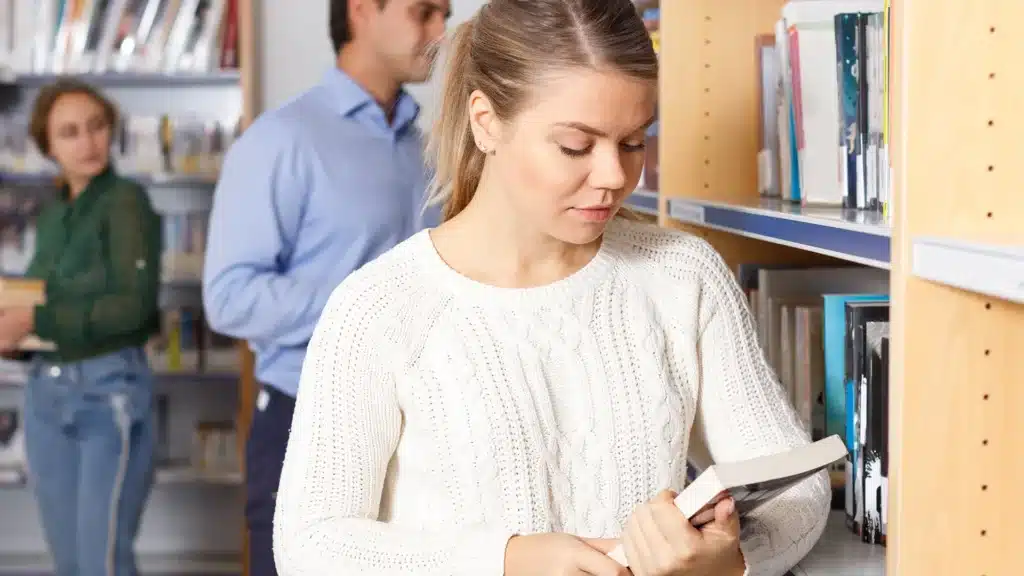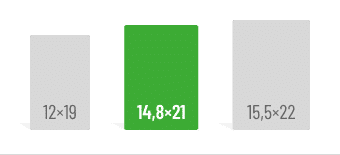First things first:
- Some universities are actively working to ensure that students with disabilities can pursue their studies with as few restrictions as possible. However, these measures are far from universal.
-
Education has the potential to fundamentally shape a person’s identity and self-perception. It is also the foundation for future professional development. Limited access to educational institutions continues to disadvantage people with disabilities in many ways.
For most people, studying comes with challenges— financial, personal, or logistical. Yet, few need to worry about architectural barriers, prejudice, or insufficient support—or do they? According to surveys, in 2016, 11% of students had a physical or mental impairment that made studying more difficult, not accounting for unreported cases. In this article, we’ll take a closer look at this complex topic. We’ll explore the challenges disabled students face, the resources and support available to them, how technology can facilitate inclusion, and why inclusion in education is so important.
What Barriers Exist?
The accessibility of universities in Germany varies by institution and location. Generally, many universities and colleges have worked in recent years to improve access for students with disabilities and chronic illnesses. However, barriers still exist that restrict full access for disabled individuals.
Many older buildings still present physical obstacles, such as stairs and narrow doorways, that hinder access for wheelchair users and people with mobility impairments. While it is legally required for new buildings to be accessible, many universities lack the financial resources to implement accessibility measures in existing structures. In the SWR2 Wissen podcast episode “Studying with Disabilities – How Inclusive Are Universities?”, a visually impaired student shares that the tactile guidance systems at her university cover only short distances, leaving her reliant on the help of fellow students.
Prejudice and a lack of acceptance toward students with physical or mental disabilities pose additional barriers. Reports of discrimination by lecturers or fellow students highlight the social exclusion many face, leading them to feel overlooked. Furthermore, there is often limited understanding of invisible conditions like depression, anxiety disorders, or autism when it comes to accommodating alternative examination formats or extending deadlines. A formal request for accommodations is often required, and even then, there is no guarantee of support from the examination office. This is despite studies showing that mental illnesses are particularly prevalent among students and can have disproportionately negative impacts on academic progress.
The Path to Inclusion: How universities are taking action
The good news: There are several universities in Germany that are setting positive examples. One such institution is Philipps University of Marburg, which has been catering to the needs of students with disabilities since the 1980s and has become a recognized hub, particularly for blind students. For instance, the university provides study assistants who accompany students to the library, help locate and scan required materials, and offer support. Students with visual impairments are also provided with specialized screen-reading devices and reimbursed for semester ticket fees. Moreover, lecturers are educated on how to avoid digital barriers in online teaching, reducing the need for costly retroactive adjustments.
Similarly, the Technical University of Dortmund actively works to ease the day-to-day challenges of students with chronic illnesses through its “DoBuS” service (Dortmunder Bereich Behinderung und Studium). This service supports students with a range of chronic conditions, prioritizing individual needs while also offering group activities where students can share experiences, develop strategies for academic success, and motivate one another. DoBuS emphasizes close collaboration with other university departments to raise staff awareness and implement improvements collaboratively.
Why Inclusion in Education Matters
In Article 24 of the UN Convention on the Rights of Persons with Disabilities, the right to education for people with disabilities is enshrined. The aim is not merely integration but the full inclusion of disabled individuals in the education system—ideally, this applies to all universities.
Inclusion at universities plays a key role in fostering and protecting diversity on campus. By providing accessible facilities and resources, students from different backgrounds and with varying needs can succeed academically and actively participate in campus life. Inclusion thus promotes an open, tolerant, and inclusive campus culture that benefits everyone.
Additionally, students with disabilities and other marginalized groups bring unique perspectives and experiences to the classroom, enriching their peers’ understanding of the world. This exposure broadens horizons, fosters empathy, and sparks innovative ideas and critical discussions that reflect diverse realities.
According to the 2016 “best2” study on studying with disabilities in Germany, most students with physical or mental impairments expressed satisfaction with the support offered by their universities. However, the study also revealed significant disparities between institutions and highlighted ample room for improvement. Now and in the future, it should be a priority for policymakers, educators, and students to open university doors to everyone—including those previously excluded due to disabilities or other barriers.
You might also be interested in these articles:
Do you like our magazine?
Then sign up for our newsletter now!







